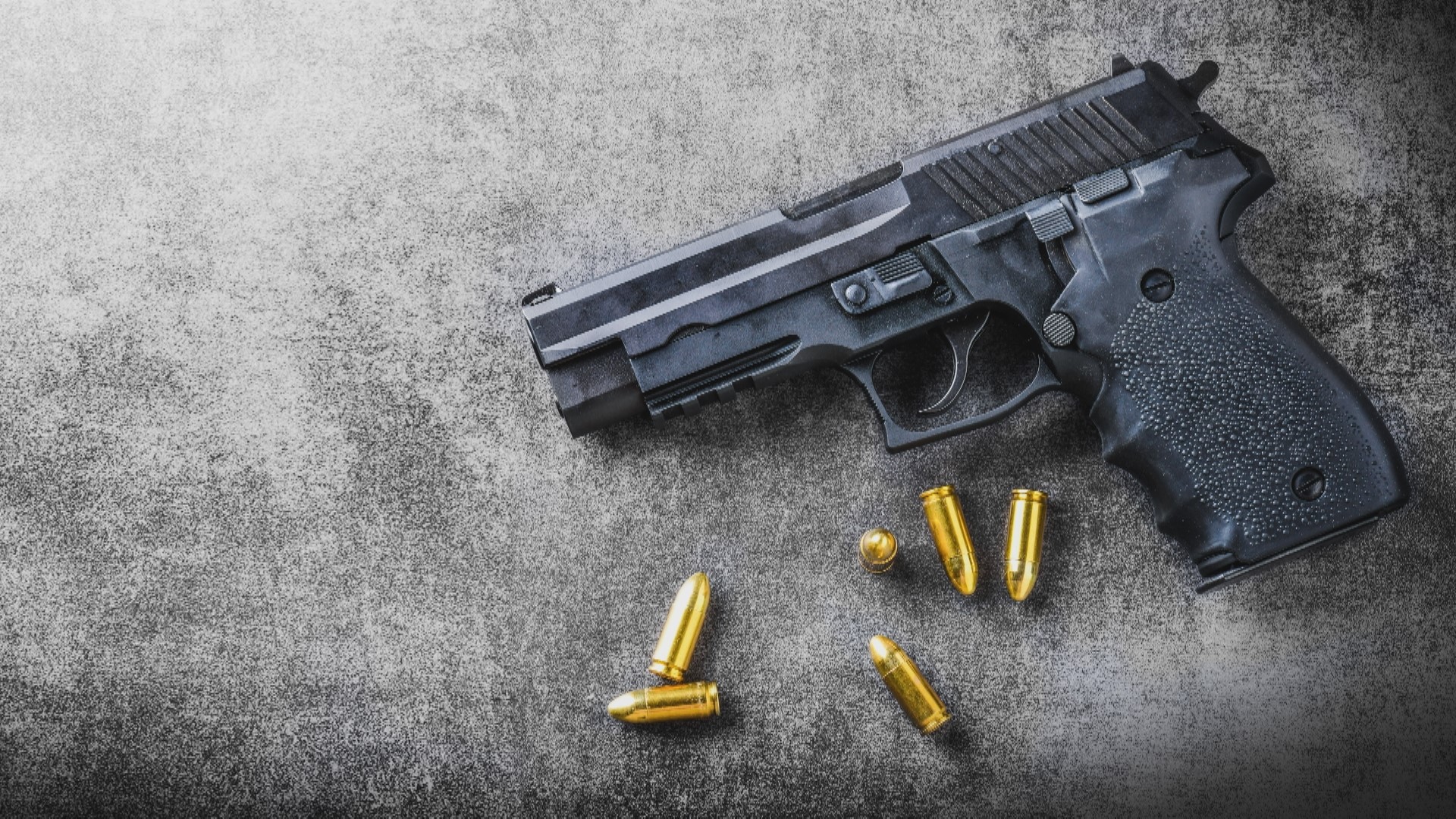MINNEAPOLIS — The July 4th parade mass shooting in Highland Park Illinois continues to stir up questions, like how the shooter was able to own guns despite several red flags.
Currently, 19 states have red flag laws on the books. Illinois is one of them, and the laws there are considered some of the strongest in the nation.
But officials say those laws did nothing to stop the Highland Park shooter from owning and obtaining guns.
"It seems like a potential situation where a red flag law could have applied,” University of St .Thomas law professor Rachel Moran said.
Moran says there are several reasons why red flag laws didn't work in this case.
First, a firearm restraining order isn't automatic, a family member or law enforcement official who is concerned, must file a request with a judge.
"And in this case, neither group did so,” Moran said.
Despite law enforcement being called to the shooter's home twice in 2019.
Moran says even if those incidents prompted someone to file a firearm restraining order, orders themselves can only last for six months. Orders can be extended, but Moran says it's unclear if that order could have been extended long enough to be in effect when this recent shooting took place.
"Nothing about the 2019 situations alone ensure that a court would still have removed his right to own guns in 2022,” Moran said.
Gun owners also have the right to challenge these restraining orders in court. Plus, the red flag laws in Illinois have only been around since 2019.
"I think most people don't understand how they work,” Moran says.
According to Speak for Safety Illinois, a group that tracks firearm restraining orders, in 2019, only 34 orders were filed in the entire state of Illinois. In 2020, 19 orders were filed.
The state of Minnesota does not have any red flag laws on the books, but the issue has been discussed several times at the state capitol.
Watch more local news:
Watch the latest local news from the Twin Cities in our YouTube playlist:

